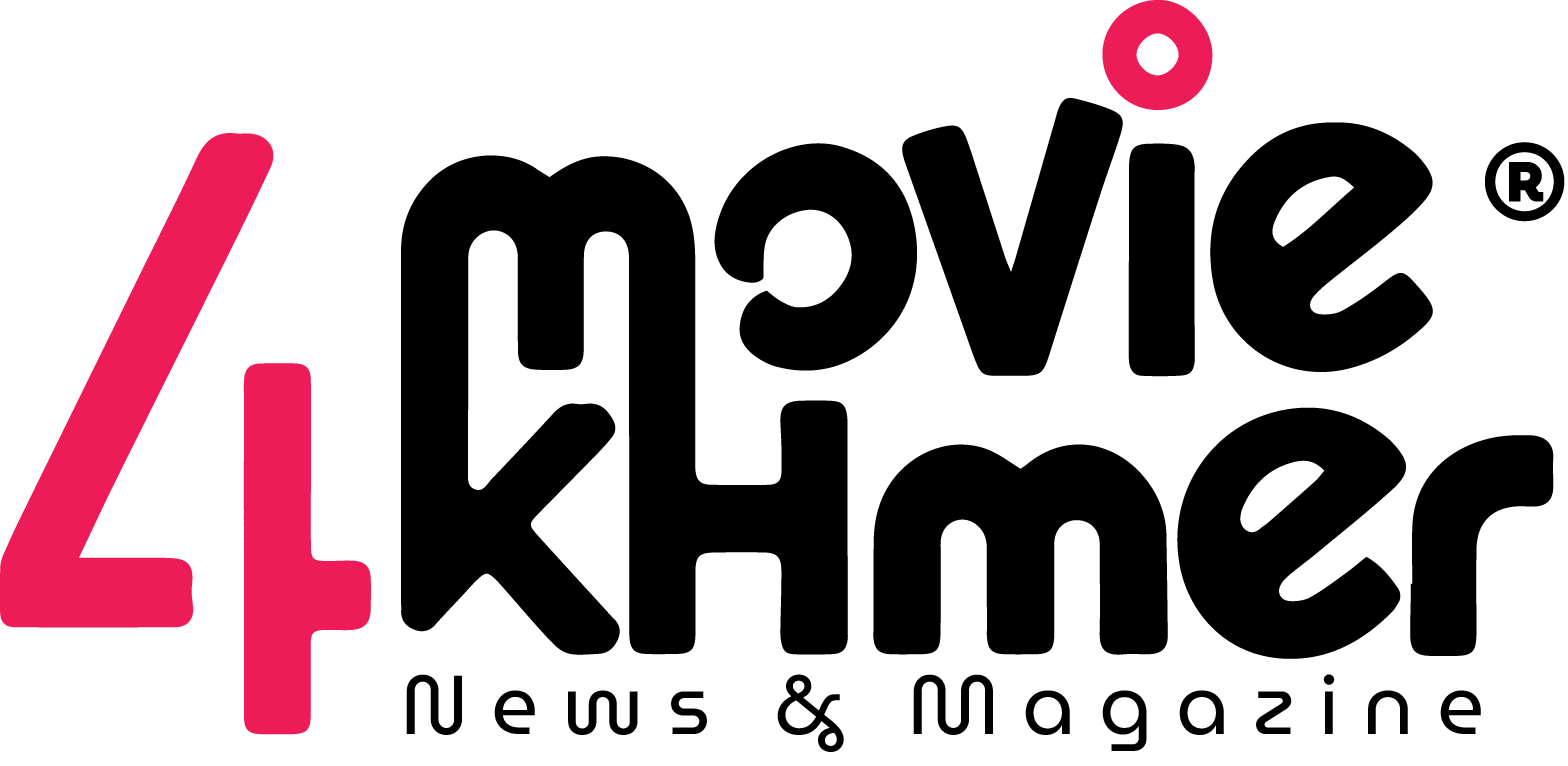Mind mapping is a powerful and creative way to enhance learning, improve memory, and organize information. Whether you’re a student preparing for exams or someone trying to absorb new knowledge, mind maps can help you better understand and retain concepts. Here are some of the best techniques to make the most of mind mapping for learning.
1. Start with a Central Idea
Begin your mind map by writing the main topic in the center of the page. This acts as the anchor for all related information. Use a simple word or phrase that clearly represents the subject you’re focusing on.
2. Use Branches for Key Topics
From the central idea, draw branches outward for the major subtopics. These branches should represent the core ideas related to the main topic. For example, if your main idea is “Biology,” branches might include “Cell Structure,” “Genetics,” and “Ecology.”
3. Add Keywords and Short Phrases
Keep the content on each branch concise. Use keywords and short phrases instead of full sentences. This helps your brain process the information more efficiently and keeps your mind map clean and easy to read.
4. Incorporate Visual Elements
Add colors, icons, drawings, or symbols to make your mind map visually engaging. Colors can help categorize information, while drawings can trigger memory and boost creativity.
5. Use Hierarchical Structure
Organize information from general to specific. Begin with broad concepts near the center and move to more detailed information as you branch out. This structure mirrors how our brain naturally organizes knowledge.
6. Review and Revise
A mind map is a dynamic tool. Revisit and update it as you learn more about the topic. Reviewing your mind maps regularly reinforces memory and deepens understanding.
7. Digital Tools for Mind Mapping
Consider using mind mapping software like XMind, MindMeister, or Canva. These tools offer templates and features that make it easy to create, edit, and share mind maps online.
Conclusion
Mind mapping is a valuable strategy for learning that caters to both visual and logical thinking. By applying these techniques, you can make your study sessions more effective and enjoyable. Give it a try and see how your learning experience transforms!






